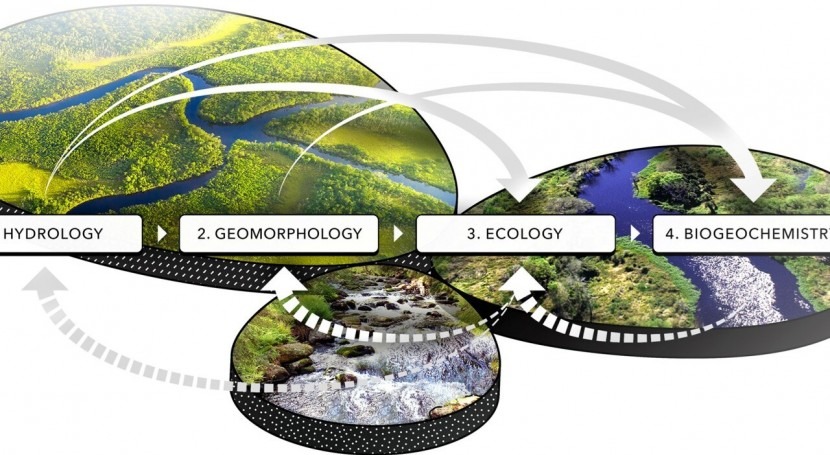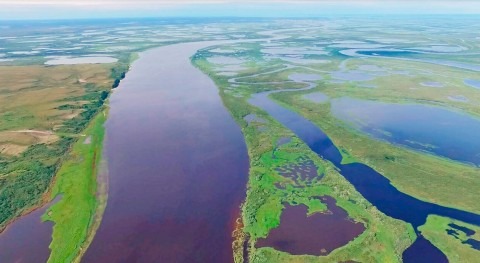The UN has declared the coming decade as the Decade on Ecosystem Restoration, making it particularly urgent to plan for successful restoration. Most restoration occurs in streams, and usually in short segments. Researchers at Umeå University show that projects planned at the landscape scale leads to the best results.
Within catchments, various factors act at different scales and it is important to understand how they affect each other.
“Even if researchers have known about these connections earlier, we show that they interact by overlapping in different ways and that these patterns vary between different streams and catchments,” Associate Professor Lina Polvi Sjöberg says.
Ecological communities in streams are a product of four facets of a stream: hydrology, geomorphology, ecology and biogeochemistry. Since the interactions of these four facets vary between streams, there’s no one-size-fits-all method for restoration. By using case studies in northern Sweden and southern Brazil, the researchers show how these four facets interact at different spatial scales.
There’s no one-size-fits-all method for restoration - Associate Professor Lina Polvi Sjöberg
“We wanted to show how these ideas can be used practically by using northern Sweden and southern Brazil as examples. In northern Sweden, the ecology is primarily affected by the geomorphology and hydrology, whereas in southern Brazil, the ecology drives the hydrology because there are plantations with water-intensive trees that steer the hydrology in that semi-arid catchment” Lina Polvi Sjöberg explains.
The presented model can even be used to understand how climate change will affect the balance between the four facets and how these impacts can be taken into account during restoration.
The researchers finding build on several decades’ work of how streams are impacted by processes at different spatial scales. One of the pioneers of these ideas is Dr Chris Frissell at Salish Kootenai College in Montana, USA.
“The Umeå researchers have done a very nice job of illustrating the importance of thinking the problem [of stream restoration] through and has taken the work a step further by identifying the kinds of policy and governance structures needed to accomplish the work,” he says.
The Umeå researchers point out that planning and execution of restoration within a whole catchment should be reserved for agencies that have a large-scale overview. In those cases where, for example, organisms are only controlled by the local habitat, smaller and more local agencies/organizations can also plan and carry out restoration.






